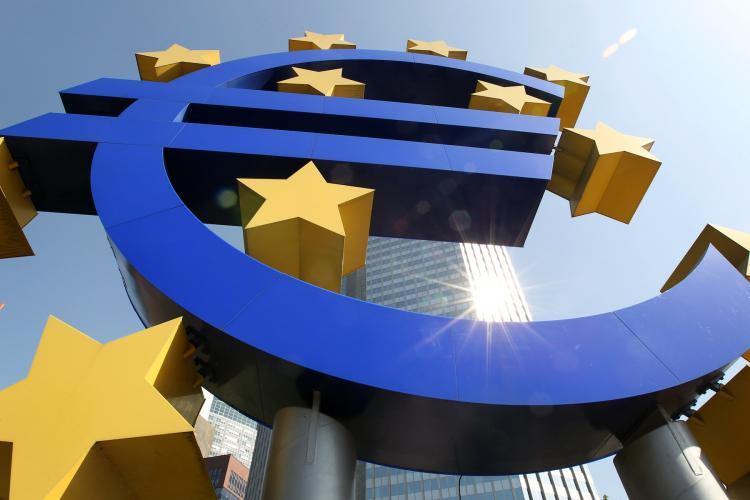France, Germany Lead EU GDP Growth
The EU economy has posted an impressive 0.8 percent growth in the first quarter of 2011, Eurostat, Europe’s official statistics bureau, said last week.

The logo of the European currency Euro stands in front of the European Central Bank (ECB) in Frankfurt/M., western Germany, on April 7. The EU economy has posted an impressive 0.8 percent growth in the first quarter of 2011. Daniel Roland/Getty Images
|Updated:





